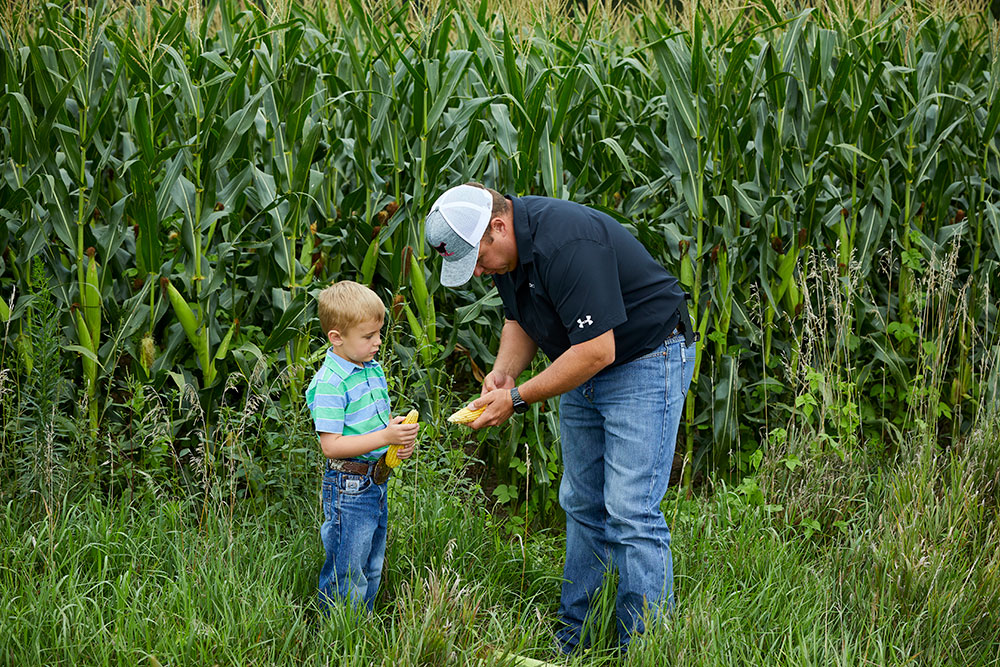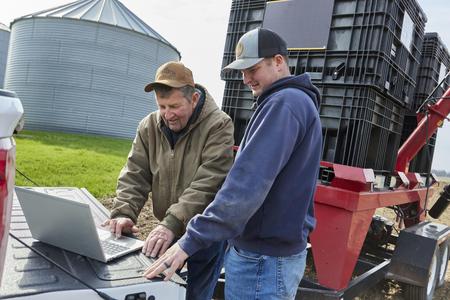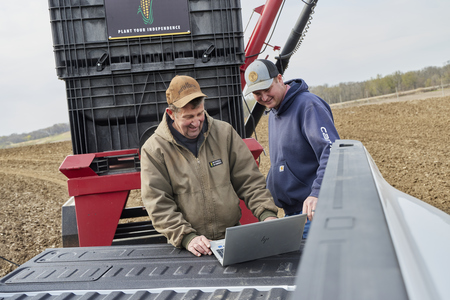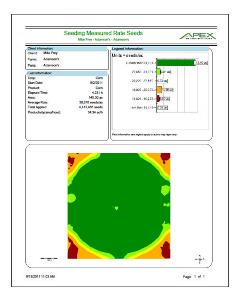Mega Menu
Mega menu is possible in BS5 but we will need to create a custom template layout for the navigation widget. The following is a hard-coded example.

Font Awesome 6
FA6+ icons will work on all widgets.
The FMH Icon box will need a new version created because the styling is broken in Bootstrap 5 templates (this has nothing to do with FA).
FMH Icon Widget
Icons can now be used in Content blocks by pasting the HTML tags from www.fontawesome.com into the HTML editor.
Here are some new icons from Font Awesome 6
face-awesome
envelopes
wheat-awn
Bootstrap Components
Code snippits from http://getbootstrap.com pasted into Content Blocks.
h1. Bootstrap heading
h2. Bootstrap heading
h3. Bootstrap heading
h4. Bootstrap heading
h5. Bootstrap heading
h6. Bootstrap heading
Nav Tabs
Nav Pills
Accordion
.accordion-body, though the transition does limit overflow.
.accordion-body, though the transition does limit overflow.
.accordion-body, though the transition does limit overflow.
Tables
| # | First | Last | Handle |
|---|---|---|---|
| 1 | Mark | Otto | @mdo |
| 2 | Jacob | Thornton | @fat |
| 3 | Larry the Bird | ||
Alerts
Image Carousel
Modals
Sitefinity Widgets
Default, out of the box, Bootstrap 5 templates available for widgets.
The navigation template used above is called Horizontal.
Navigation Widget - Tabs Template
Navigation Widget - Pills Template
Breadcrumb
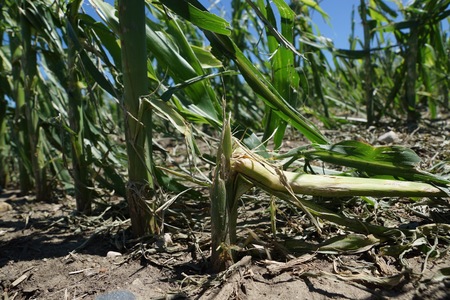
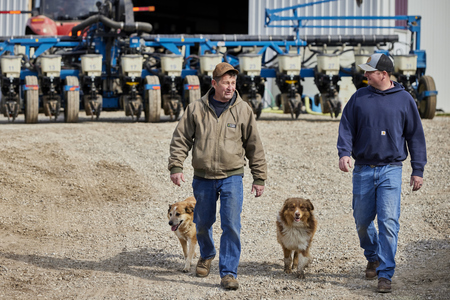
List Widget - Expandable List Template
Precision Claims FAQs
List Widget - Simple List Template
Crop Claims Reminders
-
How To Report MPCI Claims
-
MPCI Claim Reporting Deadlines
-
Appraisals
-
Production Records by Unit
-
Production Delivered to a Commercial Elevator
-
Production From Precision Farming Technology Systems
-
Production Weighed and Farm Stored
-
Authorization for Load Records, Storage Structure Marking, or Combine Monitor Records
-
Fed Production
-
Quality Adjustment
-
What is a Simplified Claim?
-
What can insureds do to expedite the claim process?
List Widget - Anchor List Template
Quality Control Review FAQ
- What can an Insured do to prepare for a review?
- What can Agents do to prepare for a review?
- How does the review process begin?
Quality Control Review FAQ
What can an Insured do to prepare for a review?
Third party documentation (i.e. summary/settlement sheets from the elevator) is required when applicable and available. Insureds are expected to have available hard copy records that will 1) support the total production raised for the crop/county/year being reviewed and 2) that can demonstrate how production was kept separate between various units, practices and types (if applicable).
Insureds will also want make themselves available to meet with the quality control reviewer as the reviews will need to be completed before the claims can be processed.
What can Agents do to prepare for a review?
How does the review process begin?
Documents List - Documents List Template
Documents List - Documents List Template
| Title | Type | Size | |
| 405 KB | DownloadWFRP Checklist for Agents 2026 | ||
| 504 KB | DownloadWFRP Policy Provisions 2026 | ||
| 3231 KB | DownloadWFRP Handbook 2026 | ||
| 203 KB | DownloadECO_MCO_SCO_Coverage Comparison Flyer | ||
| 93 KB | DownloadReplant Claim Checklist |
News Widget - News List Template
News list template is the only template available by default.
Sales Closing Date Nears for Crops Eligible for SCO and STAX
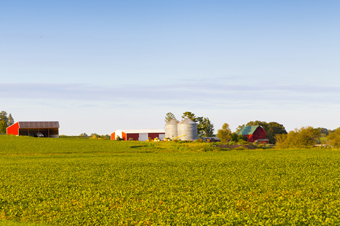 WASHINGTON, Jan. 21, 2015 – The U.S. Department of Agriculture reminds producers that they must sign up for the Supplemental Coverage Option (SCO) and Stacked Income Protection Plan for Upland Cotton (STAX) before the sales closing dates for eligible 2015 Spring crops. The sales closing dates may be as early as Jan. 31, 2015, for certain crops and counties. However, the sales closing date for the majority of spring crops is March 15, 2015.
WASHINGTON, Jan. 21, 2015 – The U.S. Department of Agriculture reminds producers that they must sign up for the Supplemental Coverage Option (SCO) and Stacked Income Protection Plan for Upland Cotton (STAX) before the sales closing dates for eligible 2015 Spring crops. The sales closing dates may be as early as Jan. 31, 2015, for certain crops and counties. However, the sales closing date for the majority of spring crops is March 15, 2015.
A provision of the 2014 Farm Bill, SCO is a county-level policy endorsement that covers a portion of the producer’s deductible of their underlying multi-peril crop insurance policy. SCO is available for corn, cotton, grain sorghum, rice, soybeans, spring barley, spring wheat, and winter wheat in select counties for the 2015 crop year. STAX, another Farm Bill provision, is an area based revenue policy that is only available for upland cotton beginning with the 2015 crop year. It may be purchased as a stand-alone policy, or as an endorsement to an underlying multi-peril crop insurance policy.
“We worked hard to offer these new risk management provisions in time for farmers to make the decisions they need to make to protect their businesses,” said Risk Management Agency (RMA) Administrator, Brandon Willis. “We want to be sure they have the right tools to strengthen the safety net for their farms.”
Producers interested in learning how SCO and STAX can help them manage risk can find maps showing 2015 crop year availability, fact sheets, frequently asked questions, policy information and more at RMA’s Farm Bill website.
To help farmers better understand how SCO and STAX interact with traditional crop insurance, RMA developed an online Crop Insurance Decision Tool, which is also available as an app for use on smartphones.
This user-friendly resource, located at prodwebnlb.rma.usda.gov/apps/CIDT/, and available as a free download from the Apple iTunes store and Google Play store, demonstrates how the SCO and STAX plans work, including how coverage is determined, when insurance indemnity payments are triggered, approximate premium costs, and how SCO and STAX interact with an underlying multi-peril crop insurance policy. The online tool and the mobile app can help producers quickly explore and understand the variety of coverage options that these new products offer. Producers must consult their crop insurance agent for detailed information and to obtain a specific premium quote.
Blog Posts Widget - Blog Posts Lists Template
-
Reporting Acreage with FMH Precision Solutions
Many policyholders already collect precision ag data during planting. Put that data to work to report acreage for crop insurance with FMH Precision Solutions.Full story -
Prepping Your Customers for Planting with Precision
Help your farmers use the precision data they're already collecting to simplify planting and reporting this spring.Full story -
Q&A with an FMH Precision Tech Specialist
Learn how our expert staff supports agents getting started with Precision SolutionsFull story -
Traditional vs. Precision Claims: What Are the Differences?
Oct 16, 2023, 14:01 by Eric RicheLearn how Precision Solutions can lead to simplified claims and easier APH reviews for your customers.Full story -
See How Precision Solutions Saves Premium and Improves APH
See the difference with examples from our recent FieldView™ Partner Connect webinar.Full story
